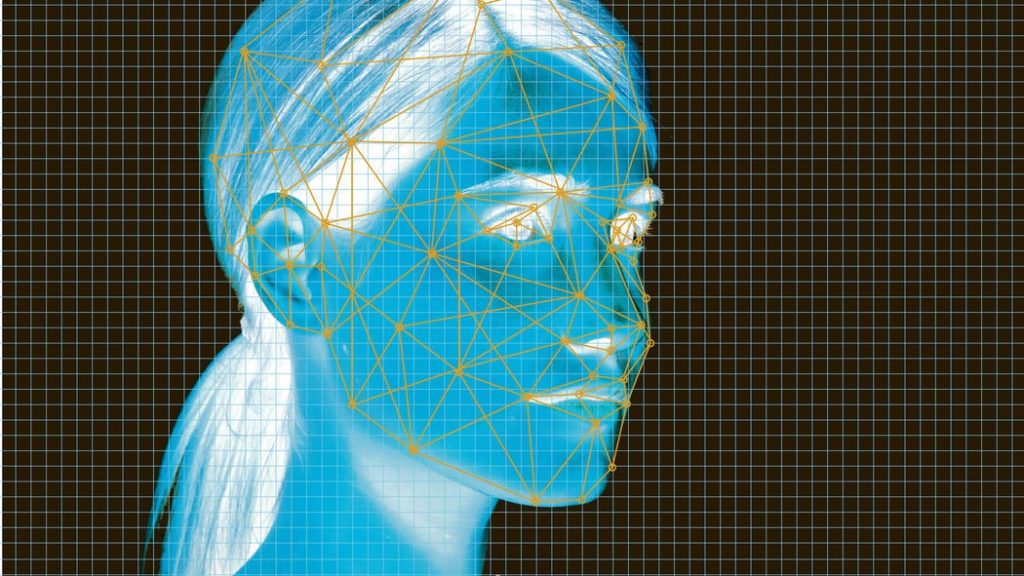Oosto is targeting a range of verticals with its touchless face biometrics, and looking to edge out incumbent touch-based technologies. A security expert pitching facial recognition over fingerprints for law enforcement and national security applications at a recent event held by the company, and it has also produced a study on where germs are most concentrated in offices, suggesting
Former Mossad head Yossi Cohen is currently director of operations for Israel for Softbank, which has invested heavily in Oosto. He sees facial recognition as the biometric modality of choice for governments and companies around the world trying to identify criminal and terrorist threats.
Cohen was speaking at a conference of security consultants organized by Oosto in Israel.
“The reason (for choosing face or fingerprints) is that relying on a fingerprint requires the cooperation of the terrorist or the criminal, who of course does not volunteer to cooperate with us,” he explains. “On the contrary, he is aware of technology. When the collection is done physically — it just does not work.
“We have therefore identified in Softbank that the field of Vision AI will occupy a central and primary place as a biometric security solution, which does not require contact or cooperation of the object.”
Cohen also said he is planning for more “day-to-day collaboration” between the biometrics provider and its backer. He lauded Oosto’s technology and privacy protections, and said that with increasing acceptance and easy application with different systems, he expects face biometrics will be integrated by “countless existing end devices, and ones that will exist in the future.”
Oosto CEO Avi Golan says the company’s machine vision is supplied to airports, sports stadiums, banks, casinos, large retailers and law enforcement agencies, and the market is growing fast.
“Why now? One vector is the maturation of the technology which today is very accurate, very fast, and the total cost to the customer is declining,” Golan explains. “The second vector is the acceptance of technology. The regulation around AI and face recognition, which is now being formulated, also creates a safe environment and brings out “bad actors” and unacceptable practices.”
Fingerprint readers sixteenth ‘germiest’
Light switches and chair handles are among the places where the most germs are found in the office, according to a testing by Bio-Lab Ltd and sponsored by Oosto. Sixteenth on the list was fingerprint biometric scanners.
Researchers found bacterial colonies including E. Coli, Listeria and Salmonella, among many others, in amounts highly varying between different shared surfaces.
“A growing number of organizations are turning to touchless technologies such as facial biometrics to minimize risks associated with Covid while maintaining the health of employees and visitors,” says Oosto VP of Sales and GM for the Americas Paul Witt.
Touchless access control, time and attendance tracking and other applications are being increasingly adopted, along with AI-based technologies like mask detection, according to the company.
Article Topics
access control | AI | biometrics | contactless | face biometrics | law enforcement | national security | Oosto | research and development | time and attendance
